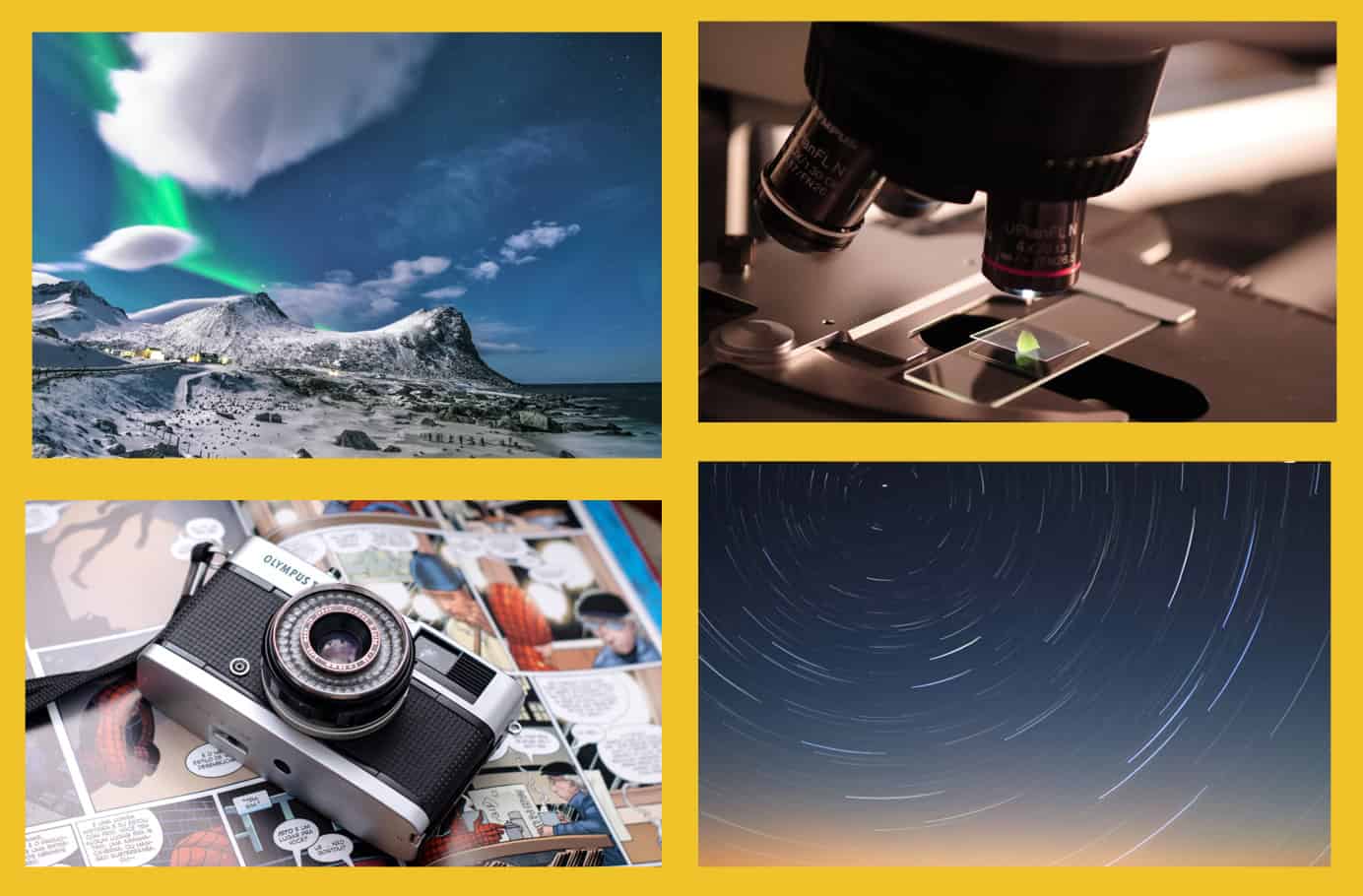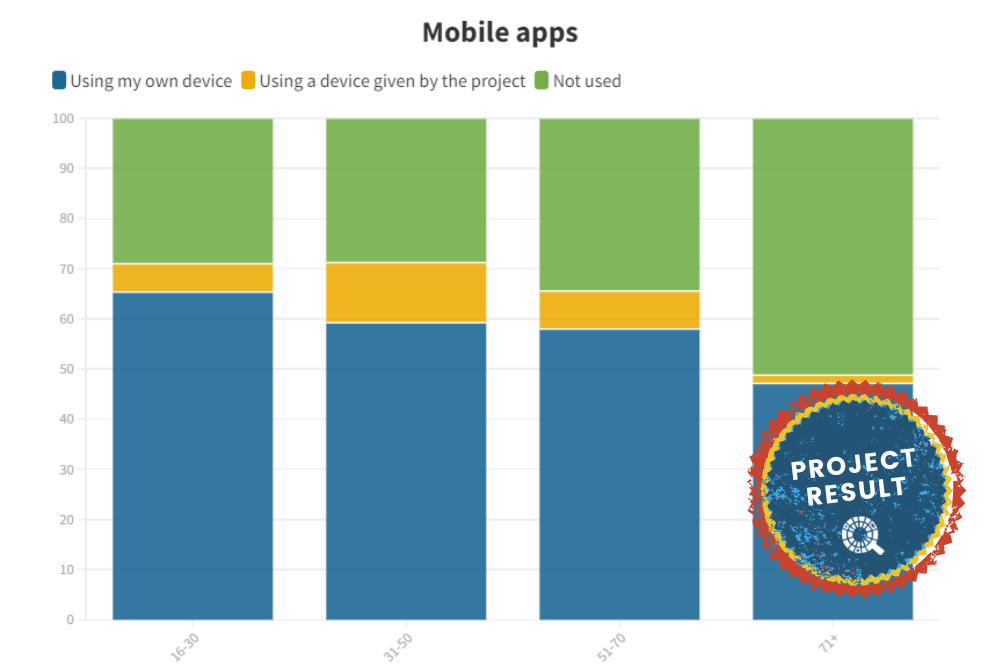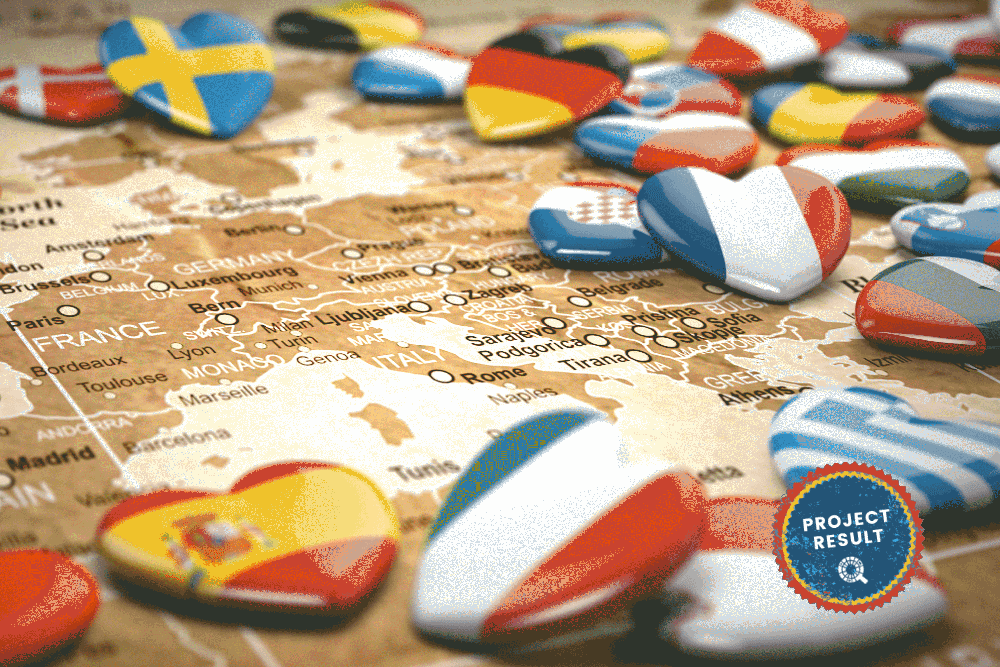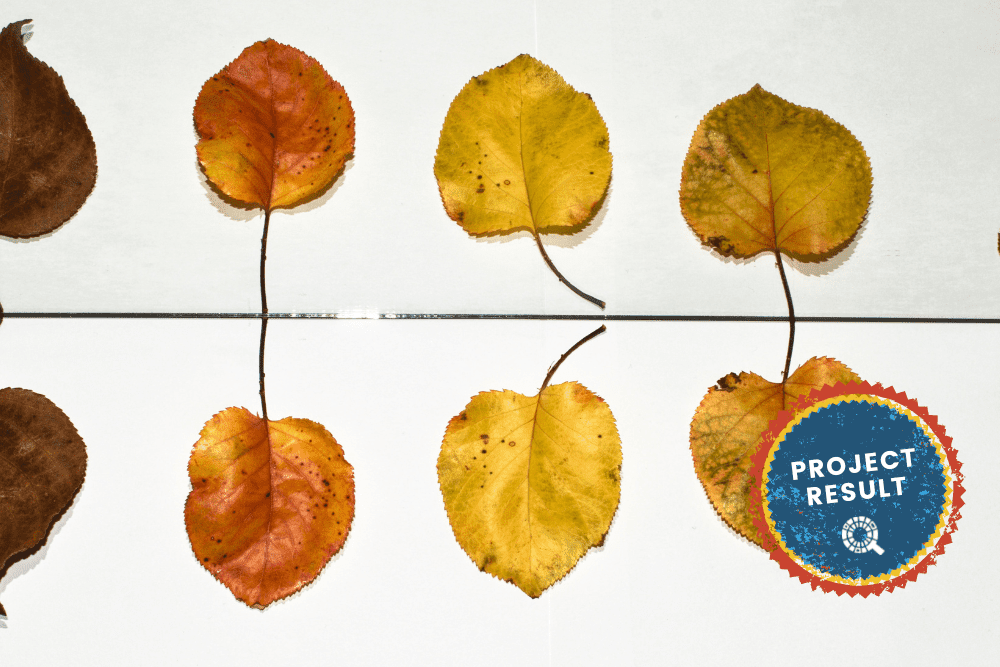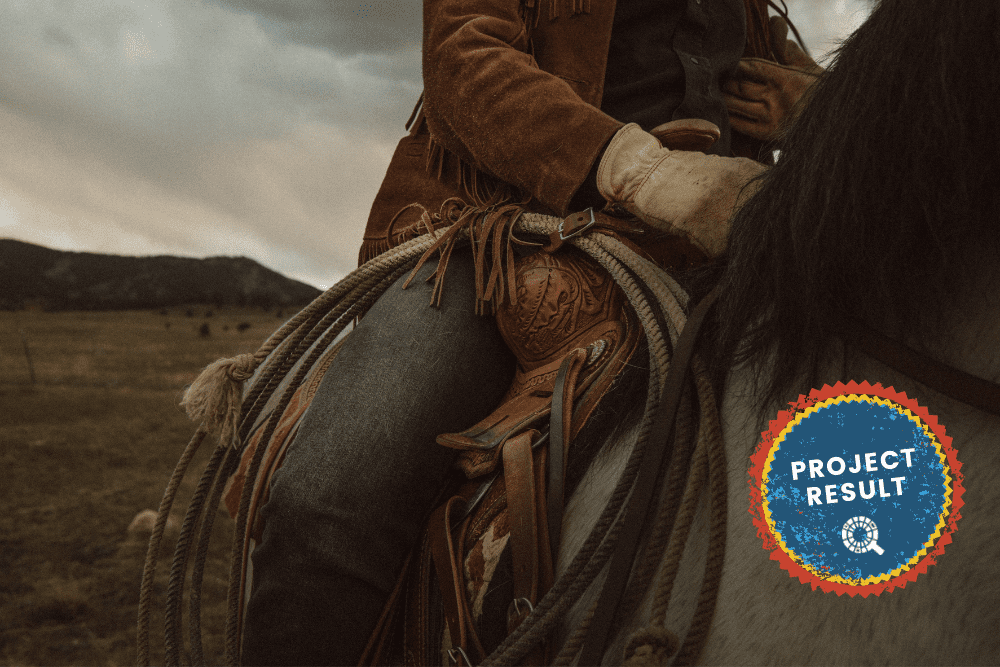Short summary
Citizen science has expanded rapidly over the past decade. As a result defining citizen science and its boundaries remains a challenge, and this is reflected in the literature—for example in the proliferation of typologies and definitions. There is a need for identifying areas of agreement and disagreement within the citizen science practitioners community on what should be considered citizen science.
Applied method
A wide range of typologies and classifications of and debates around citizen science drawn from the existing research literature provided a basis for the identification of different dimensions of citizen science activities. Building on this analysis, a set of 7 descriptive factors and 61 sub-factors that have a bearing on whether an activity is classified as citizen science or not were identified. Of these 61 factors, 30 are a source of potential controversy.
The 61 factors informed the conceptualisation of 50 vignettes that describe, in a concise way, an activity that may or may not be citizen science. These vignettes were then turned into a survey in which respondents were asked to indicate whether they see an activity as part of citizen science.
Results
Conclusions
Our analysis shows that the understanding of citizen science varies significantly, as do the confidence levels of the respondents when making a decision regarding whether a particular vignette should be considered citizen science or not. In 24 of 50 vignettes, the respondents’ decisions correlate with their varying levels of confidence. In these cases, confident respondents tended to assign vignettes more vigorously to either end of the spectrum, while less confident respondents tended towards the average rating. However, even for experienced respondents, making a decision on whether a vignette is citizen science or not was not easy. This is expressed in the rankings they provided, since a ranking close to 50 indicates indecisiveness.
The comments provided by respondents for various vignettes also showed a wide array of interpretations as well as clear disagreements. One example would be a vignette that describes a game which was created by a private company in collaboration with scientists, and in which participants become involved after paying a subscription fee. This case resulted in a high degree of ambiguity. It was the highest-ranking case considered to be ‘not easy’ to categorize as citizen science, with some comments arguing that a subscription fee meant the research was not citizen science. Others suggested that merely contributing to scientific processes was the key criterion for rating this citizen science.
Limitation
The study was carried out in English and we would expect that other language communities will classify cases differently.
This study was supported by European Union’s Horizon 2020 research and innovation programme under grant agreement no. 824580, project EU-Citizen.Science (The Platform for Sharing, Initiating, and Learning Citizen Science in Europe) as part of the SwafS work programme.
References
Haklay Muki, Fraisl Dilek, Greshake Tzovaras Bastian, Hecker Susanne, Gold Margaret, Hager Gerid, Ceccaroni Luigi, Kieslinger Barbara, Wehn Uta, Woods Sasha, Nold Christian, Balázs Bálint, Mazzonetto Marzia, Ruefenacht Simone, Shanley Lea A., Wagenknecht Katherin, Motion Alice, Sforzi Andrea, Riemenschneider Dorte, Dorler Daniel, Heigl Florian, Schaefer Teresa, Lindner Ariel, Weißpflug Maike, Mačiulienė Monika and Vohland Katrin 2021 Contours of citizen science: a vignette study R. Soc. open sci.8202108202108 https://doi.org/10.1098/rsos.202108
Photos by Stein Egil Liland, Pixabay, Wallace Chuck and Faik Akmd on Pexels.
